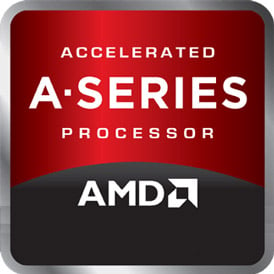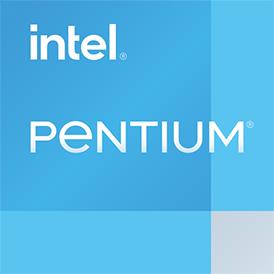 Geekbench 3, 64bit (Multi-Core)
Geekbench 3, 64bit (Multi-Core)
|
|
AMD A6-6310
4C 4T @ 2.0 GHz
|
3438
|
|
|
Intel Pentium N3700
4C 4T @ 1.6 GHz
|
3386
|
 Estimated results for PassMark CPU Mark
Estimated results for PassMark CPU Mark
|
|
AMD A6-6310
4C 4T @ 2.0 GHz
|
2433
|
|
|
Intel Pentium N3700
4C 4T @ 1.6 GHz
|
1248
|
 Geekbench 3, 64bit (Single-Core)
Geekbench 3, 64bit (Single-Core)
|
|
AMD A6-6310
4C 4T @ 2.0 GHz
|
1213
|
|
|
Intel Pentium N3700
4C 4T @ 1.6 GHz
|
1010
|
 Geekbench 5, 64bit (Multi-Core)
Geekbench 5, 64bit (Multi-Core)
|
|
Intel Pentium N3700
4C 4T @ 1.6 GHz
|
770
|
|
|
AMD A6-6310
4C 4T @ 2.0 GHz
|
724
|
 CPU-Z Benchmark 17 (Multi-Core)
CPU-Z Benchmark 17 (Multi-Core)
|
|
AMD A6-6310
4C 4T @ 2.0 GHz
|
448
|
|
|
Intel Pentium N3700
4C 4T @ 1.6 GHz
|
341
|
 Geekbench 5, 64bit (Single-Core)
Geekbench 5, 64bit (Single-Core)
|
|
AMD A6-6310
4C 4T @ 2.0 GHz
|
241
|
|
|
Intel Pentium N3700
4C 4T @ 1.6 GHz
|
229
|
 iGPU - FP32 Performance (Single-precision GFLOPS)
iGPU - FP32 Performance (Single-precision GFLOPS)
|
|
AMD A6-6310
4C 4T @ 2.0 GHz
|
205
|
|
|
Intel Pentium N3700
4C 4T @ 1.6 GHz
|
179
|
 Cinebench R15 (Multi-Core)
Cinebench R15 (Multi-Core)
|
|
AMD A6-6310
4C 4T @ 2.0 GHz
|
162
|
|
|
Intel Pentium N3700
4C 4T @ 1.6 GHz
|
145
|
 Cinebench R15 (Single-Core)
Cinebench R15 (Single-Core)
|
|
AMD A6-6310
4C 4T @ 2.0 GHz
|
48
|
|
|
Intel Pentium N3700
4C 4T @ 1.6 GHz
|
40
|
 Cinebench R11.5, 64bit (Multi-Core)
Cinebench R11.5, 64bit (Multi-Core)
|
|
AMD A6-6310
4C 4T @ 2.0 GHz
|
2.0
|
|
|
Intel Pentium N3700
4C 4T @ 1.6 GHz
|
1.8
|
 Cinebench R11.5, 64bit (Single-Core)
Cinebench R11.5, 64bit (Single-Core)
|
|
AMD A6-6310
4C 4T @ 2.0 GHz
|
0.6
|
|
|
Intel Pentium N3700
4C 4T @ 1.6 GHz
|
0.5
|

